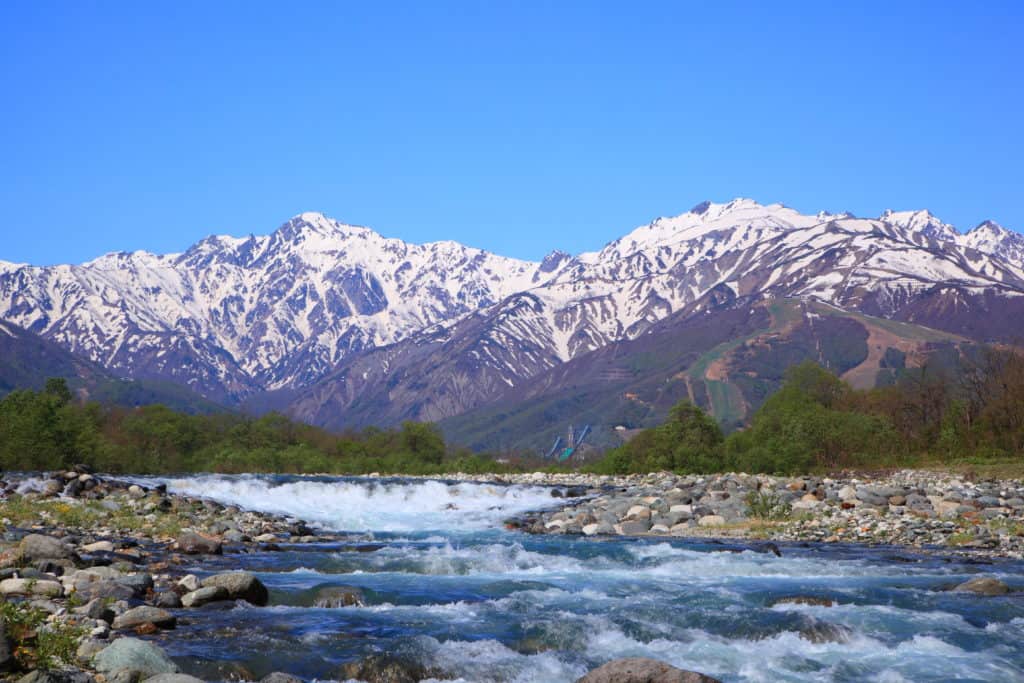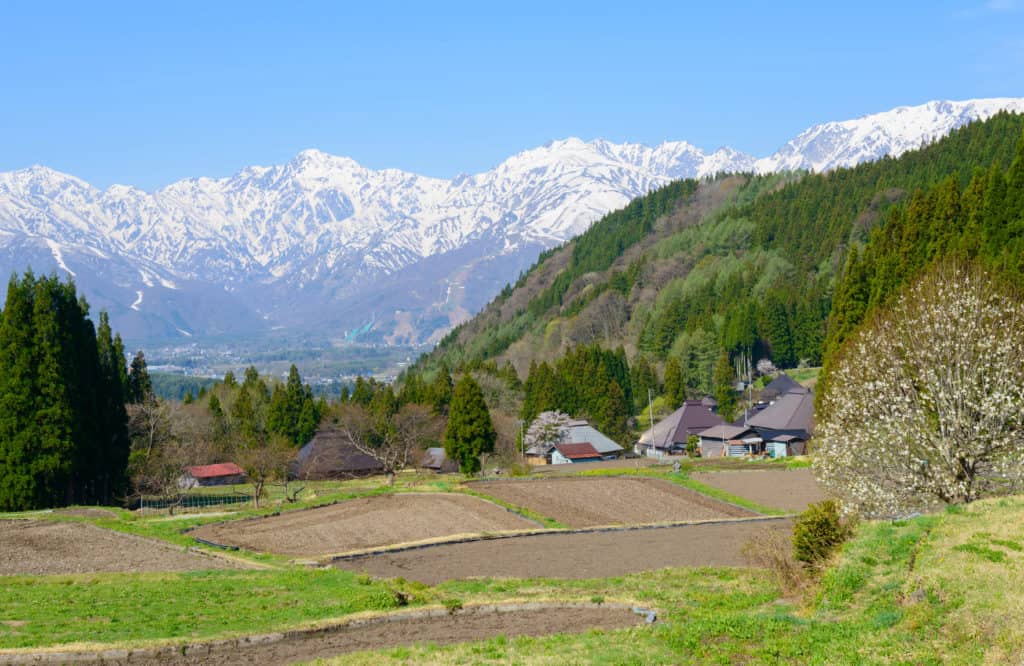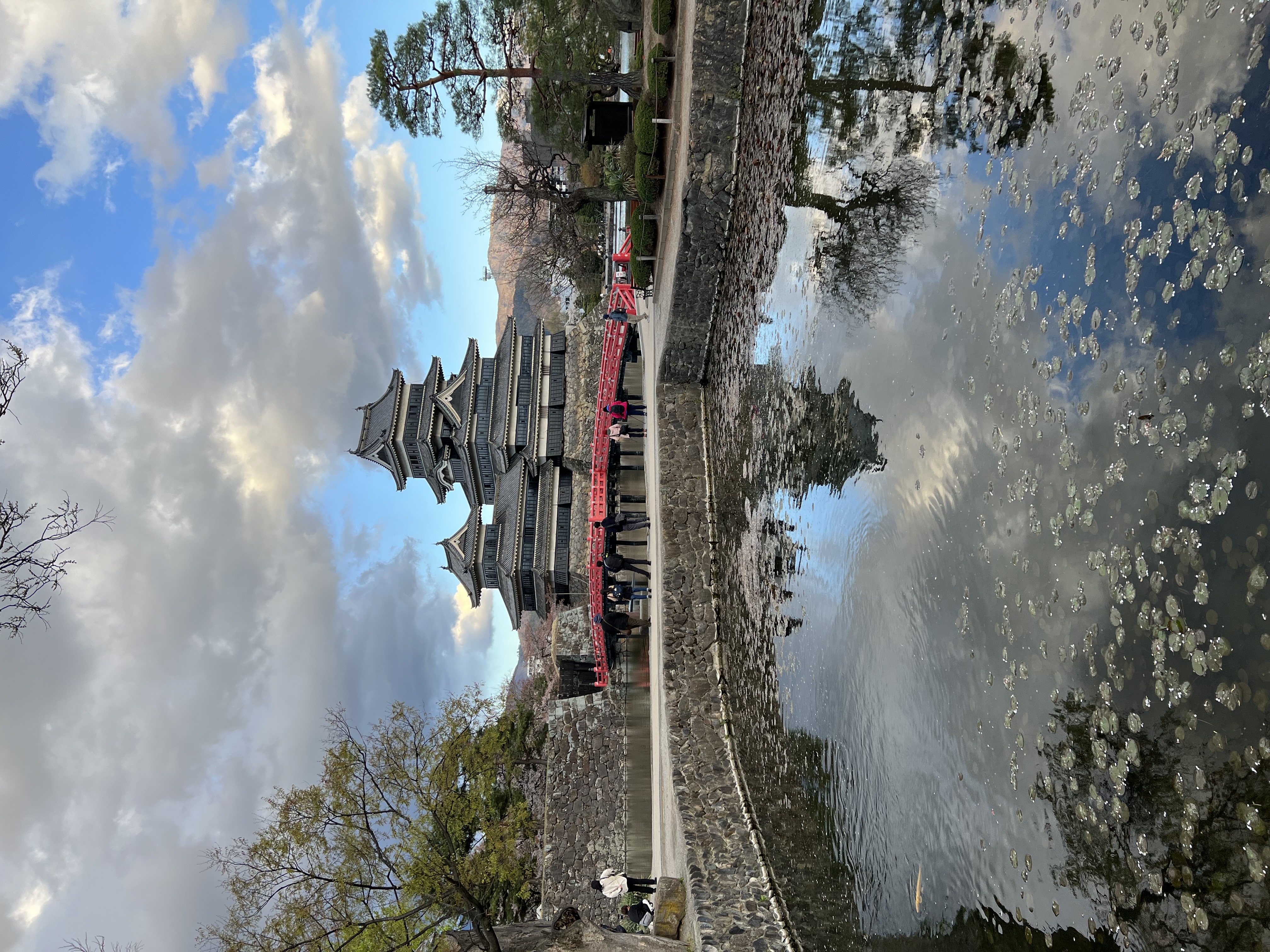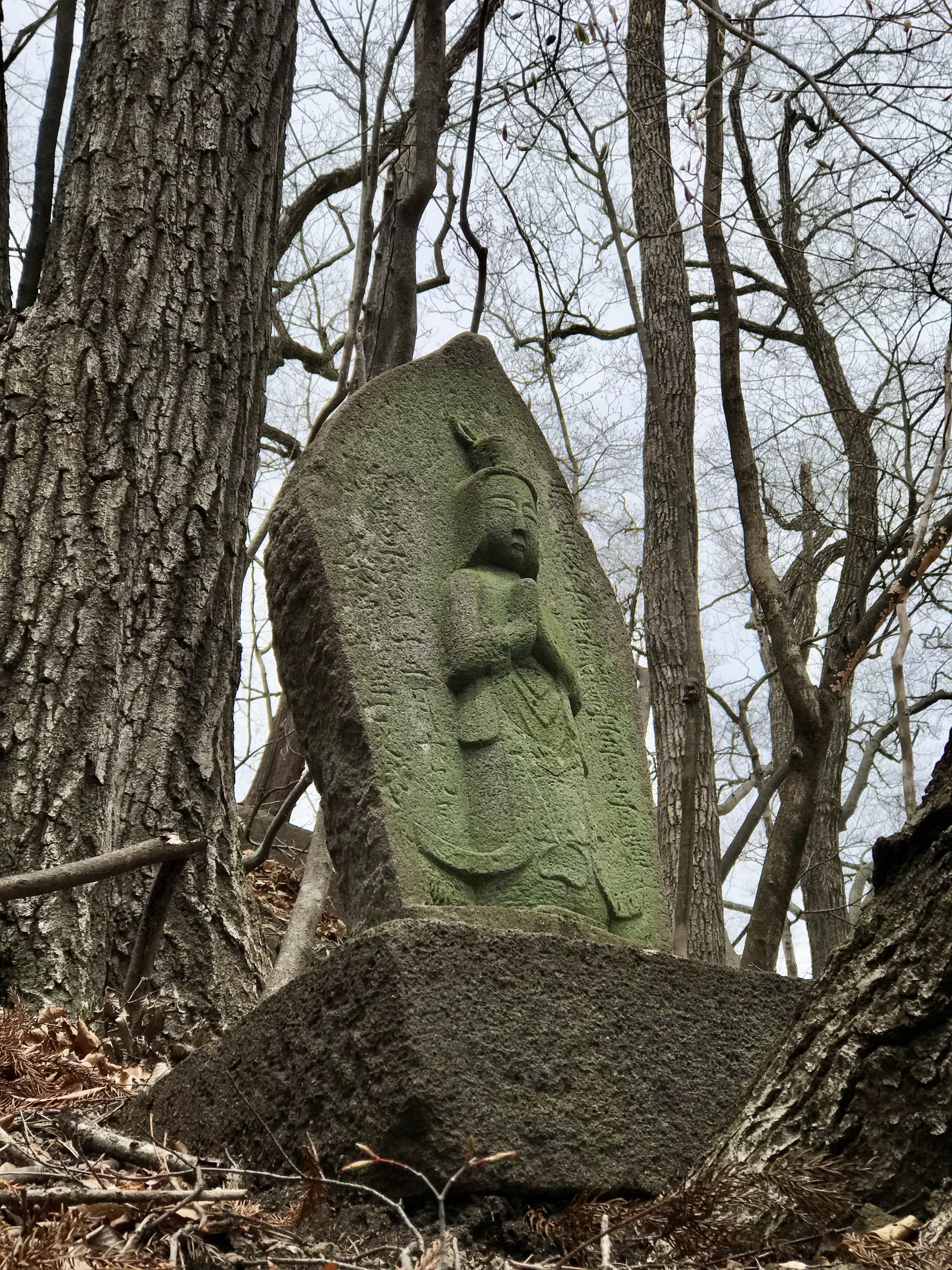It started with a generous gesture from a rival warlord

The Salt Road is an ancient trade route that has been all but forgotten, yet it winds its way through some of the most stunning scenery in Japan.
The Salt Road
For centuries, obtaining salt in the landlocked domain of Shinshu, present-day Nagano Prefecture, was a challenging task. Porters would undertake a perilous journey along a rough trail, braving steep slopes to transport salt and other goods from the Sea of Japan. This trail came to be known as The Salt Road.
Its origin can be traced back to the Warring States Period of the 15th and 16th centuries. Takeda Shingen, a powerful warlord ruling over the Matsumoto area, faced a salt shortage when his access to salt from the Pacific coast was cut off by enemies in the south.
In a surprising act of nobility, Takeda’s arch-enemy, Uesugi Kenshin, offered to provide salt to him from his domain along the Sea of Japan, stating that battles should be fought with weapons, not through denying necessities, like salt, to the common people. Despite their lifelong rivalry, Uesugi wrote to Takeda, “A salt embargo is cowardly and unjust. I will fight you with bows and arrows, not with rice and salt. I beg you to henceforth obtain salt from my land…”
This act gave rise to the Japanese expression, 敵に塩を送る, Teki ni shio wo okuru, “sending salt to one’s enemy,” a metaphor for not taking ignoble advantage of an enemy’s weakness. From that point on, salt was regularly shipped from the coastal city of Itoigawa to Matsumoto along the 120 km long Salt Road.
Unlike the five main highways managed by the Tokugawa shoguns during the Edo Period (1603-1867), the Salt Road saw no glamorous daimyos’ processions and held no lavish inns. Though humble, it served as a lifeline for the mountainous landlocked provinces, characterized by steep and treacherous terrain, with modest post towns compared to those of the Nakasendo and Tokaido.

The porters, too, differed from their Five Highways counterparts. Called bokka, literally “walking loads,” they were often farmers and their wives. They traveled in groups of ten or more, sometimes accompanied by beasts of burden, primarily oxen and horses. Horses were well-suited for the flat sections of the road, but oxen proved their worth by their ability to navigate the treacherous mountain paths with sure-footed precision.
The bokka’s loads were heavy — one bale of salt alone weighed 47 kilos. These they carried on wooden framed packs, secured to their backs by braided-straw shoulder straps. On their return, the bokka bore hemp, tobacco, soybeans, medicine, cotton, and other goods, which they traded along the way or brought back to the port of Itoigawa to be sent on the Kitamae-bune trading ships to the Seto Inland Sea.
The journey along the Salt Road typically spanned six days. However, in cases where expedited shipping was necessary, such as transporting a load of salted and fresh fish, a porter could depart from Itoigawa at 4:00 pm and run through the night. Along the way, the porter would pass the cargo to relays, and although the distance was great, the goods could arrive in Matsumoto by the following morning.

Despite the challenging nature of the winding route through Japan’s precipitous Northern Alps, the Salt Road remained heavily traveled during and beyond the Edo Period. Trade along the trail peaked in the late 1600s, with pack animals and bokka porters continuously transporting goods along the long and hazardous path throughout the year. Winter posed the greatest challenge, as the mountain passes would often be buried under up to 5 meters of snow, making it impassable for oxen and horses. During these deep winter months, all goods had to be transported on the backs of the bokka, who crossed frozen streams and scrambled up steep ascents in their bamboo snowshoes.
Guardian Deities
To safeguard the bokka and their animals, numerous Shinto shrines and protective deities were placed along the road. The path is still adorned with comforting statues of Kannon, the Buddhist bodhisattva of mercy. In the most dangerous sections, one can find statues of Bato Kannon, the “Horse Head Goddess of Mercy,” placed to protect pack horses.

Dosojin guardians, small carved stones shaped like couples or sometimes represented merely by a rough stela, can frequently be seen in the more isolated parts of the highway and near mountain passes.
Jizo statues, often wearing red caps and bibs, also grace the highway. This compassionate bodhisattva attained enlightenment but deferred Buddhahood to watch over travelers and children. They are also found in villages where they look after the spirits of deceased children.
Other statues and markers along the trail serve as poignant reminders of those who perished during the journey, succumbing to exposure, exhaustion, or accidents. They stand as a silent testament to the hazards of the trek.
As railway construction flourished and the national highway opened during the Meiji period (1868-1912), the Salt Road fell into disuse. Nevertheless, walking along this lesser-known trail evokes a sense of the people, cattle, and horses that traversed it in centuries past. The road takes us through forgotten hamlets, majestic beech forests, and along clear mountain streams and ponds. The only sounds are birdsong and the rustling of leaves, the atmosphere imbued with the essence of bygone times.
If you would like to hike along the Salt Road and learn more about it, Walk Japan offers guided tours for small groups.
If you have questions about Japan or suggestions for articles, please add them in the comments. For more photos and information on Japan, follow me on instagram at: https://www.instagram.com/more_than_tokyo/




